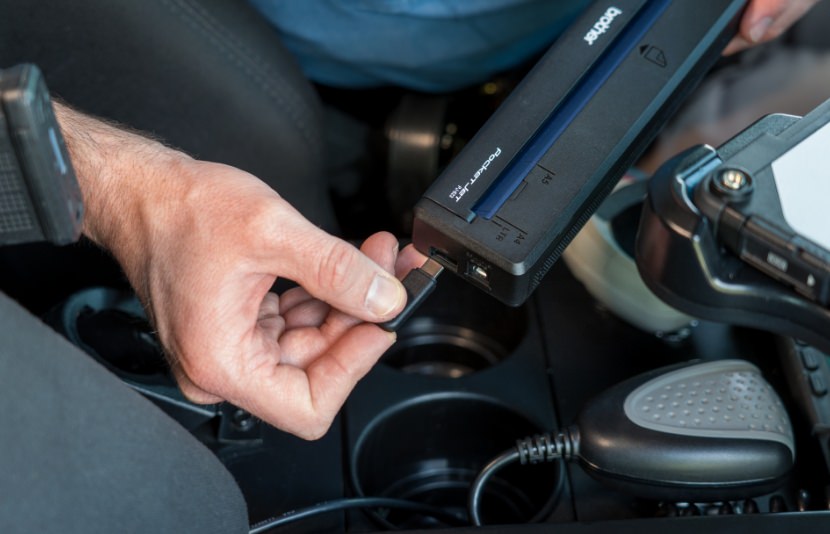Design & print industrial labels from your phone on the compact EDGE portable.

Reduce Specimen Misidentification Errors With Bar Code Labeling
According to the College of American Pathologists (CAP), approximately 169,000 adverse events occur in U.S. hospitals annually due to sample identification errors, with 55 percent of all specimen ID errors stemming from a primary specimen labeling error. Acknowledging this risk, one of the Joint Commission’s top National Patient Safety Goal’s standards is to “label containers used for blood and other specimens in the presence of the patient.”
Although hospitals are aware of these vulnerabilities, many of them still print specimen labels at designated nursing or printing stations, instead of at the direct point of care such as a patient’s bedside. As a result, distractions and interruptions can occur which can lead to identification and medical errors. In addition, other hospitals still use handwritten specimen labels which can be documented incorrectly or misread. Automating the manual process through bar code technology prevents human errors and increases workflow efficiency.
Bar code specimen labeling at the point of care significantly improves patient safety by reducing misidentification errors. An inaccurately labeled specimen can lead to patient harm or “near-miss” situations that could cause emotional trauma to a patient.
Positive identification also reduces the high costs associated with re-testing or re-treatment, helping to meet new healthcare reform mandates to minimize risk of reduced reimbursements. Bar coding at the point of care also fulfills meaningful use requirements for Electronic Tracking of Medication (eMAR), mandated by the Centers for Medicare and Medicaid Services (CMS).
Protect Patients At The Point Of Care
Bar code point of care (BPOC) technology for real-time verification of patient ID, medication, dose, time, and route is one solution to this problem. This automated process alerts caregivers of potentially harmful errors before they occur, helping to improve patient safety and provide peace of mind for clinicians.
The printer’s mobile, wireless format enables clinicians to print-on-demand and administer specimen labeling directly where it’s needed most — with the patient — at almost any point of care location. The close proximity to the patient prevents distractions outside the point of care that can lead to manual errors.






